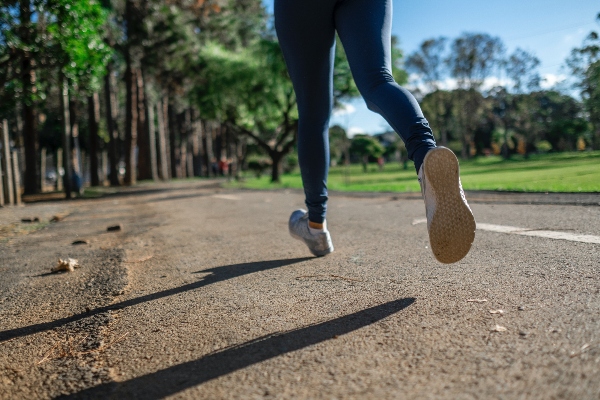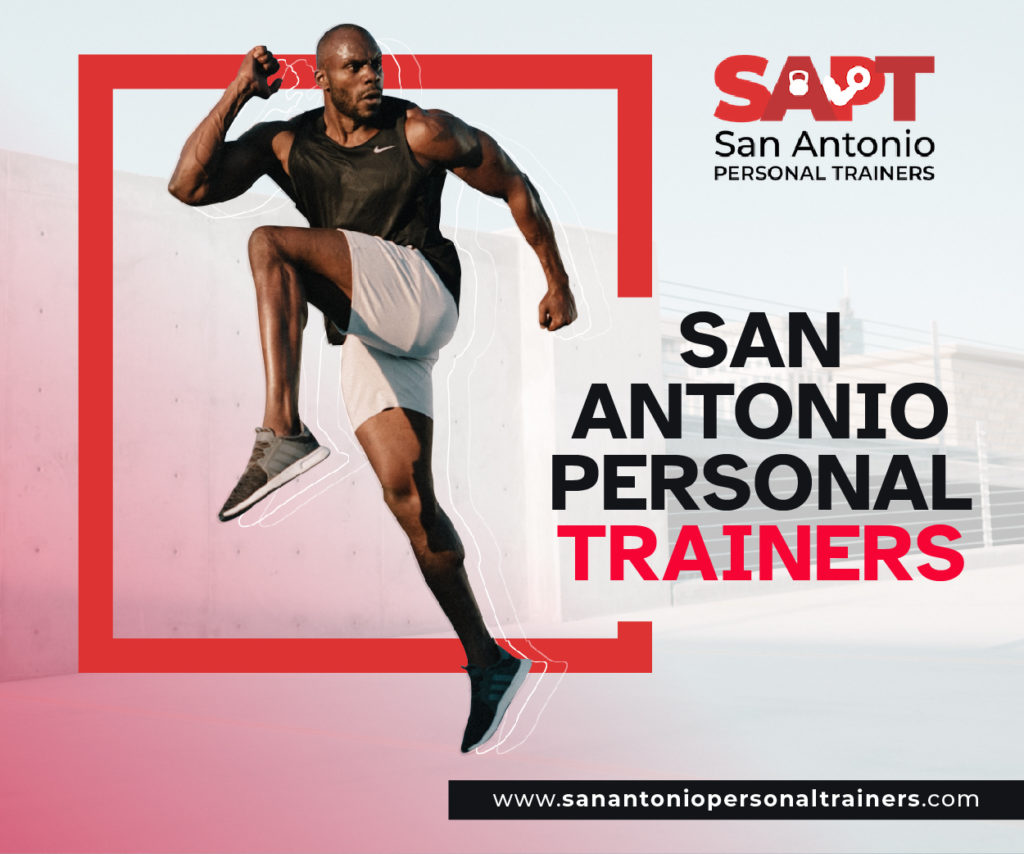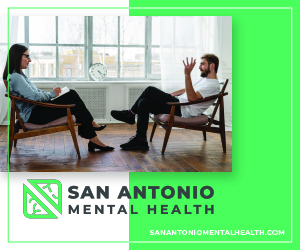Nurse turned triathlete always wins her race
By Kelly A. Goff
Photography by Robert French
A stay-at-home mom in her mid-30s, Carol Masters suddenly found herself with a little more free time on her hands. Her two girls, then ages 10 and 13, were becoming more self-sufficient and it allowed Carol to start focusing on herself again. It was about this time when Dr. Kenneth Cooper’s groundbreaking book called Aerobics started to reverberate nationwide. Soon he and his wife Mildred published a book called Aerobics for Women that caught Carol’s attention. “I was probably 20 pounds overweight and was excited to find this 12-week aerobics program especially for women,” she recalls. “A neighbor and I followed the program religiously for 12 weeks. At the end of it, we still couldn’t run a half mile without stopping, but we had definitely improved!” Masters was keen on continuing, but her friend had other priorities. “That’s when I found out you couldn’t depend on anyone else for physical fitness motivation.”
Tragic turning point
Soon she was back at work as an ICU nurse in a cardiac care unit where 90 percent of the patients were obese or inactive, mostly in their 50s or 60s. She would ask patients how much exercise they got and often got replies like, “Oh honey, I can’t even walk around the block!”
There was one patient who’s outcome made a huge impact on Masters. “I will never forget a 37-year-old woman who came in with a heart attack,” she remembers. “She died. I looked at her at thought, she’s my age.”
After that the head nurse of the unit encouraged all of her nurses to become more physically active. The nurse had been overweight but had started running marathons, and the staff had seen the pounds melt away. “Not only did she emphasize physical activity, she encouraged us to take courses in stress management and assertiveness training,” said Masters. “She ended up coaching me for my first marathon.”
Hooked
In 1981, Carol Masters ran in the New York City marathon — the first of many foot races. It took her a year to train for it. She crossed the finish line after four hours and 47 minutes. “I was hooked! As a result of disciplining myself and sticking to a training program I had realized a major goal,” she says enthusiastically. “I realized it was transferable to anything else in life — just set goals, map out steps and make it happen. It helped solidify my self-confidence.”
She ran the Marine Corp marathon in ’82, Montreal in ’83 and continued running for the next 10 years. “I really enjoy being outside and sweating — it’s a good way to detoxify your body. At the time I lived in New Jersey, which has a lot of rural roads and scenic places to run, like the Jersey Shore.” She traces her love of the outdoors to her long walks to and from school as a child in Indiana. “Taking the school bus wasn’t an option, so we walked 3-4 miles each day. I liked looking at the birds, watching the leaves turn colors and playing kick the can,” reminisces Masters.
Time to Tri
Like many runners, Masters gravitated to triathlons, which combine a swim, cycle and run. She moved to Texas in ’92 and joined a local running group. Gradually the allure of triathlons started to penetrate, but she was nervous about cycling because she had no experience with road bikes and knew her swimming was not top-notch. In ’99, she competed in the Danskin Women’s Triathlon in Austin, completing the half-mile swim, 12-mile bike and 3-mile run in the company of thousands of strong, active women. She was so inspired she immediately signed up for a half Ironman (1.2-mile swim, 56-mile bike, 13-mile run) in Lubbock.
“I finished absolutely last,” she says with a laugh. “But I learned so much about my limitations, my need to train better and get an overall better training program. I also learned what hills were!” Perhaps most importantly, Masters learned that for her at least, it’s not about winning first place. “For me, these events are about finishing — completing a goal. Anyone who finishes is a winner in my book,” says Masters.
Trying a little harder
After her first half Ironman experience, Carol was determined to compete in a full-length Ironman competition, which consists of a 2.4-mile swim, 112-mile bike and 26.2-mile marathon. She started gathering information and formulating a plan. Paula Newby-Fraser’s book, Peak Fitness for Women, became her foremost guidepost. Known as the “Queen of Kona,” Newby-Fraser is a seven-time Hawaii Ironman champion. “That book opened my eyes to all kinds of things I could improve on,” Masters says. “It was the beginning of better nutrition for me. I joined a master’s swim team and also started weight training with Sylvia Smith, a personal trainer.”
Along with eating more fruits and vegetables, she started swimming with coach Marcia Marcantonio from Northside Aquatics. “She told me if I committed to swimming three times a week, every week for a year, that I would be ready for an Ironman,” Masters recalls. Most triathletes have a weak sport and Masters readily admits swimming is hers. “I count myself lucky that I even know how to swim!” she laughs. “It’s somewhat mental with me, but I also don’t have the body type and since I didn’t do it in high school or college, so I never developed the muscle memory for it.”
Only half joking, Coach Marcantonio asked her after a few weeks of swimming, “You want to swim how far by when?” Masters was not deterred. She kept her positive attitude and continued getting up at 4 a.m. three times a week, determined to improve. “It’s taken me a long time to actually enjoy swimming,” she shares. “But now I do. It’s extremely relaxing and has helped improve my biking and running because it’s such a good aerobic workout.”
All three of the triathlon disciplines require strong abdominal or “core” muscles. Masters found out it’s not enough to just swim, bike and run. That’s where her weight training and stretching came into play. “Cross-training added a whole new dimension to my fitness level,” she says. When she competed in her first Florida Ironman in 2000 at the age of 57, she did well, completing the race in 16 hours and 46 minutes. Whereas her first marathon left her feeling incredibly self-confident, a sense of empowerment accompanied her at the Ironman finish line.
“You learn to dig deep. Testing yourself helps you discover who you are and how strong you really are,” shares Masters. “Everyone has it in them. When you push your physical limits, it helps you expand your mental limits. It’s the endless training that strengthens your mental fortitude, allowing you to really dig deep and finish. The best part is — it transfers to daily life. It’s an amazing life lesson that I could not have learned without the help and support of my children, husband, friends, coaches and local sports clubs.”
Big finish
At the fresh age of 62, Masters competed in the Florida Ironman in 2005 and not only finished, she shaved off a whopping 23 minutes from her previous Ironman time five years prior. “I had a phenomenal day,” she gushes. “I took seven minutes off my swim time and 16 minutes off my bike. I had been cycling with local clubs in San Antonio and was more comfortable and efficient on my bike. I felt strong on the run and finally figured out how to fuel my body for 17 hours of exertion. It took some tweaking, but I knew it was going to be my last full distance Ironman, so I was determined to do my best.”
Today, Masters continues to exercise daily, but has no plans for anymore Ironman distance events. She discovered being an Ironman triathlete is a full-time job and now that she’s realized her goals, is content to find a little more balance in her life. ‘ll continue to do smaller events, but right now I’m happy spending time with my husband, grandchildren and volunteering.”






